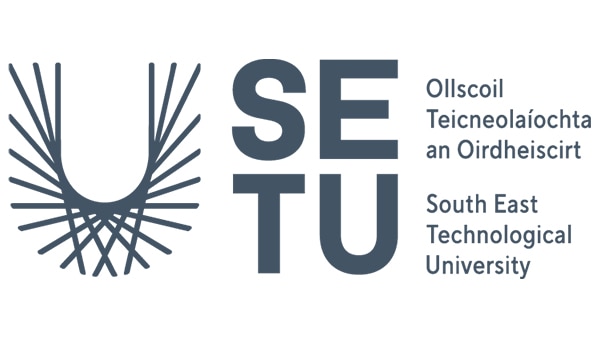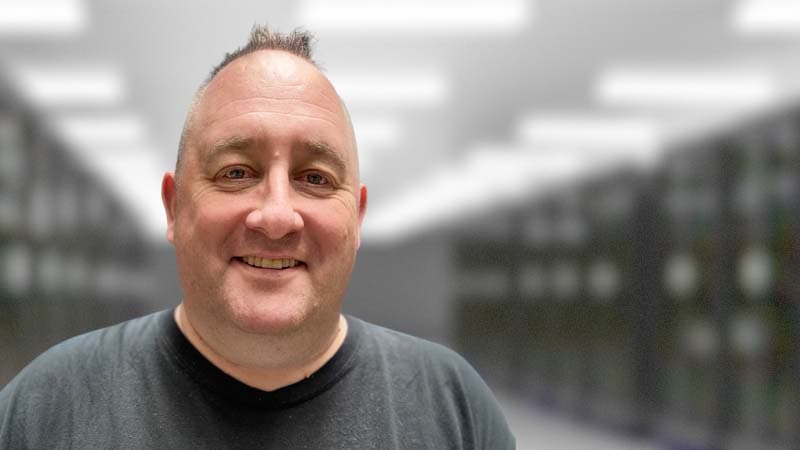Simplifying management and strengthening security
Cisco has been a trusted partner for over 20 years. "Cisco has always made itself available to share technical knowledge, expertise, and help with solving issues we come across," explains Cluney. "Over the years we've implemented things that maybe wouldn't be considered usual on a 'normal' network, and Cisco has supported us all the way."
Having recently installed Cisco Catalyst 9300, 9400, and 9500 switches and Cisco Catalyst 9100 wireless access points (APs) and implemented Cisco Software-Defined Access (SD-Access) environment to help simplify the complex network design, the next task was to address ease of network management. For this, SETU adopted Cisco Catalyst Center and, more recently, Cisco AI-Enhanced radio resource management (RRM), which offers keen insights while providing better wireless performance under dynamic conditions.
"We initially installed Cisco Catalyst Center within the research arm of operations. It seemed logical to try it with people who were doing their own research and who understood that we were trying something new," explains Cluney. "From there, we rolled it out across the whole of our infrastructure, both wired and wireless."
Using the plug-and-play and device replacement workflows in Cisco Catalyst Center, SETU manages its network from a central location, seeing activity and weaknesses or problems, deploying new access points with ease, and adding new devices remotely without the need to physically configure them.
Where students congregate at peak times, they often utilize Wi-Fi hotspots through their mobile devices on the network and thereby create issues for SETU's managed Wi-Fi network. It's much easier to see why there is increased network activity and be able to manage it more proactively. For campus conventions, visitor events, or one-off use of campus facilities, new networks can be easily created and removed.
"The way Cisco Catalyst Center configures devices makes it much easier for us to roll out new networks and new devices remotely from a central location," explains Cluney. "There are huge advantages in terms of the reduction on IT resources as well as the time to get a new location up and running." SETU's network has grown by 120 percent, from 100 to 220 access points, with no increase in staff size or the quantity of service tickets.
Additionally, Cisco AI-Enhanced RRM provides a more intelligent diagnosis and early warning of issues. Rather than requiring constant proactive monitoring, AI-Enhanced RRM gives better understanding of the allocation of channels and power levels as well as feedback in terms of why the changes have happened.
"We're often alerted to issues at the point where network users are getting annoyed with the problem, but AI-Enhanced RRM allows us to get to issues faster and reduce the impact before it becomes a problem," explains Cluney. "It's an early warning to investigate in more detail. Prevention is always better than a cure."
To complete the picture, Cisco Secure Network Analytics provides visibility into flows along with detailed security analytics, with Cisco Identity Services Engine (ISE) enabling SETU to create security group tags for micro segments in the network. Endpoint analytics then studies trust scores.
Granular detail to refine network management
The result for SETU is an effective, flexible network with easy connectivity for students, partners, and visitors to its campuses. More importantly, IT can now resolve issues before they become problems.
"I've not had anybody come to me and say things aren't working, which in itself is feedback," explains Cluney. "But even where there are problems, I now have the feedback I need to identify them quickly and fix them, which is very helpful."
There is much less time involved in sitting down to monitor and manage the network and fewer resources used in accommodating issues such as fixing device problems reported by students.
"The biggest advantage with Cisco Catalyst Center is the visibility. When someone tells me there is a problem on the network, I can type in the IP address, username, MAC address, see the device, and fix the issue," explains Cluney. "I can even see the reason for a lack of connection or a drop to packets on the network. The information is detailed."
As the backbone of a growing university working with numerous research entities, the flexible network means that funding for such projects continues to flow into the university. "The network is the central nervous system of the institution; it's a critical piece of infrastructure. Having better connectivity for efficient data exchange means our research partnerships are flourishing and demonstrates we can successfully deliver on projects."
One of the unforeseen benefits is the ability to drive sustainability objectives. Cisco Catalyst Center means that the network can be managed at a granular level.
"It's becoming possible to look at buildings and classrooms and switch off resources—lights, monitors, and heating—where there is nobody using them," explains Cluney. "Cisco Catalyst Center gives us the ability to power down radios on APs to deliver increased automation and provide quantifiable savings—sustainability goals and the ability to report on them are very much on the high-level agenda."
In lockstep with sustainability efforts, Cisco Spaces is something SETU is considering for the near future. It would provide the university with smarter campus buildings, using sensors to monitor conditions including humidity and temperature in rooms. This would not only provide optimal learning environments for students and occupancy monitoring in buildings, but it could also help the university track consumption as it works toward reducing costs. Merging the infrastructures of the two technical colleges into one university is also an objective.
"That might be some years off, but with Cisco, the technology is available to achieve our aims," concludes Cluney.


